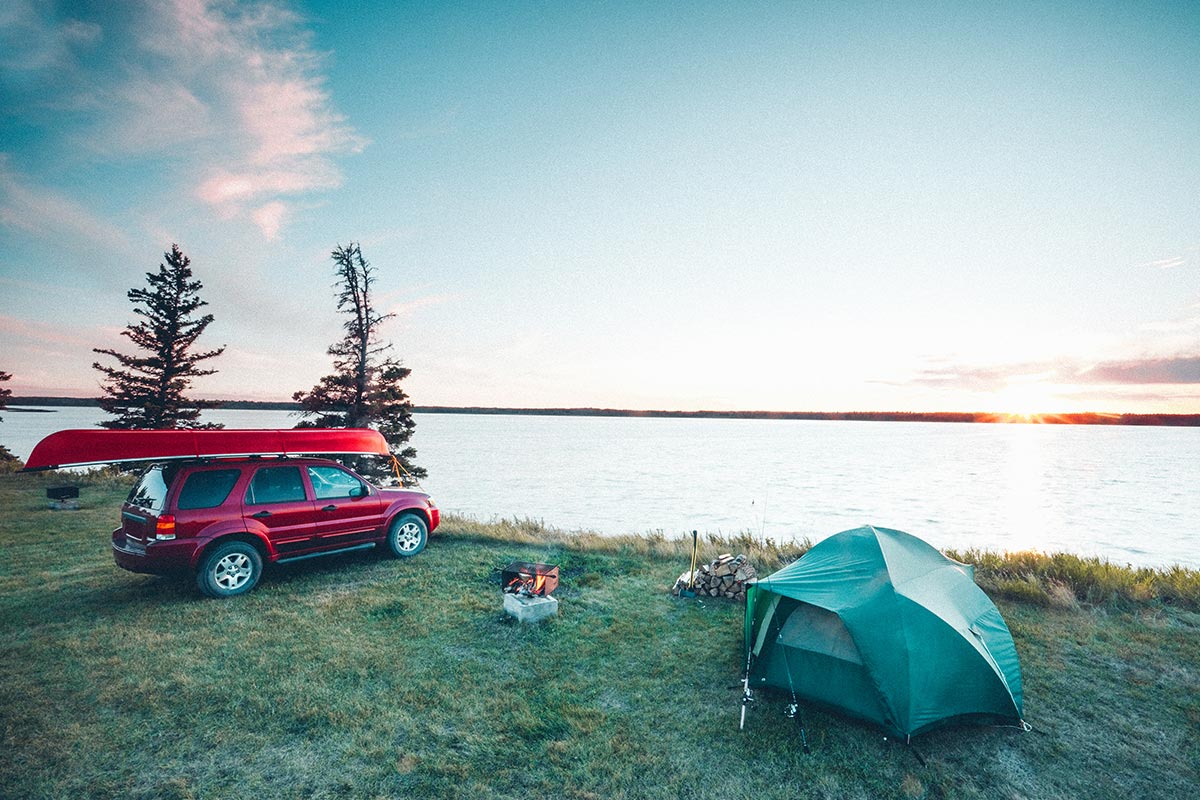
How Much Auto Insurance is Enough?
Insurance is about balancing risks. It’s also about making the decision to pay a little now to keep from having to pay a lot later. The decision of how much auto coverage you need begins with a few questions:
- How much insurance are you required to have?
- How much insurance are you likely to need if you have an accident?
- How much insurance can you reasonably afford?
It’s always good to find answers to these important questions by discussing them with your independent auto insurance agent.
What’s required and what’s not?
Your car insurance is actually a collection of several types of coverage: liability (including property damage and bodily injury protection for other people), personal injury protection for you and your passengers, uninsured/under-insured motorist coverage, collision coverage and comprehensive coverage.
Liability insurance is required in every state (plus the District of Columbia) except New Hampshire. Currently, 16 states (plus D.C.) require personal injury protection, and many also require uninsured motorist and/or under-insured motorist coverage. No states currently require drivers to carry collision or comprehensive coverage on their vehicles.
Minimums just aren’t enough
Every state has coverage minimums and they’re usually expressed in an A/B/C format. In this formula, A is the required coverage per person injured in an accident, B is the total coverage for all people injured in an accident and C is the coverage for property damage.
The state minimums vary widely, from 10/20/10 in California ($10,000 per individual, $20,000 per accident and $10,000 property damage) to 50/100/25 in Alaska and Maine ($50,000 per individual, $100,000 per accident and $25,000 property damage). With some basic math, you’ll see that state minimums are inadequate. If you cause an accident in California and you’re carrying just the minimum of $10,000 in property damage coverage, virtually every new car (and even most used cars) on the road would exceed the limits of your coverage. If you total a $40,000 car with only $10,000 of coverage, you’ll be personally on the hook for the $30,000 that your insurance policy doesn’t cover.
And that’s just the property damage. Bodily injury claims can really add up, too. Consider the cost of ambulances and paramedics, hospital and medical bills, rehabilitation, and other factors. Medical evacuation for one person, if required, can total well over $50,000. Things become even more expensive if the person or people you injure retains the service of a personal injury lawyer.
Consider your assets
What would happen if you’re responsible for a serious crash in which several people are hurt and at least one car is totaled? Damages from such an accident could easily total $100,000. Most state minimums are simply inadequate in the aftermath of a severe accident.
If you don’t earn much and don’t own property, it is unlikely you will be sued if your insurance doesn’t cover all of the bills. In this case, the costs will likely be paid for by the other party’s under-insured motorist coverage.
For most people, however, the economic impact of an accident with insufficient insurance coverage can be catastrophic. It’s not uncommon for drivers to have their wages garnished, retirement accounts plundered and home equity taken. People lose their homes over auto accidents. People go bankrupt. But with enough insurance, they don’t have to face this result.
Reasonable minimums
Most experienced auto insurance agents recommend that everyone buy a policy that provides coverage of at least $100,000 per person and $300,000 per accident. In addition, the usual suggestion is for drivers to carry at least $100,000 for property damage. The 100/300/100 standard is generally acknowledged within the insurance industry as the real-world minimum—regardless of what your particular state says the minimum should be.
Some people don’t want to carry that much coverage, and that’s their right. Many insurance agents prefer not to write a policy for less, because they feel that to do so would essentially be “insurance malpractice.” Others will write a “state minimum” policy, but only after a customer signs a waiver indicating that he or she was offered more coverage but turned it down.
Your best bet is to have your independent agent provide multiple quotes in multiple ranges from multiple insurance companies. You may be surprised to see how affordable the higher levels of coverage actually are. Most importantly, this thinking needs to happen beforehand, instead of in the aftermath of an accident. Nobody ever walked away from an accident and thought, “Wow, I wish I didn’t have so much insurance coverage.”
Don’t just assume you have the right coverage for your vehicles. Give Mountain America Insurance a call and let us show you all of your options. We want to help keep you and your family safe.
Related Articles

